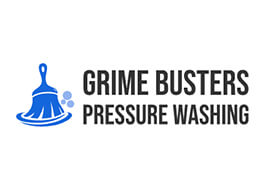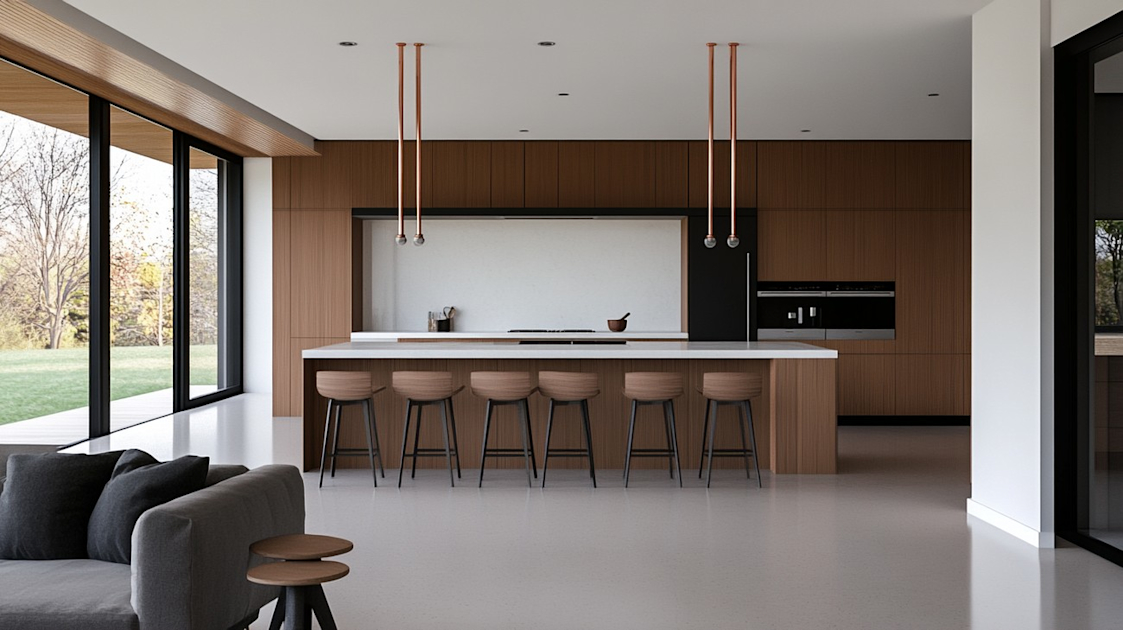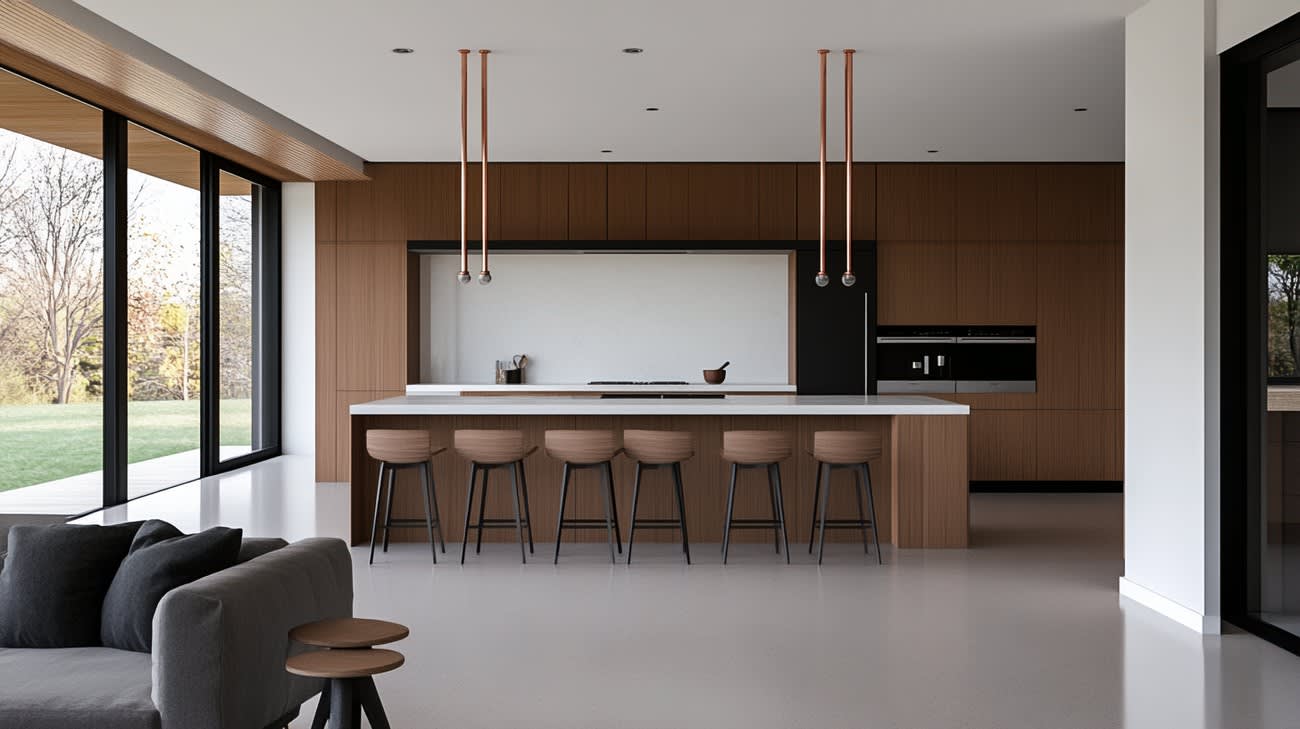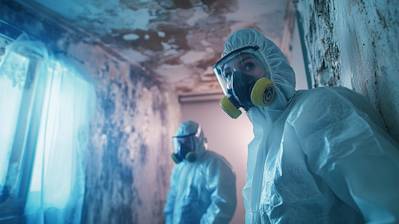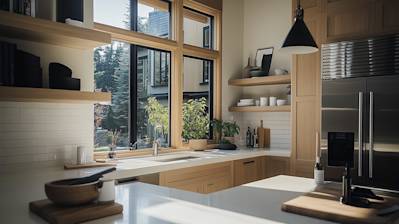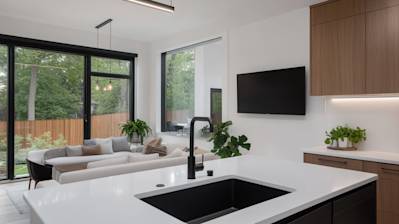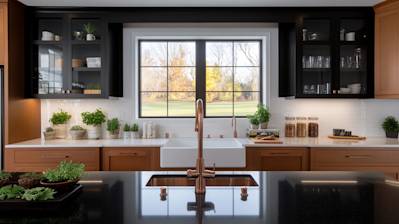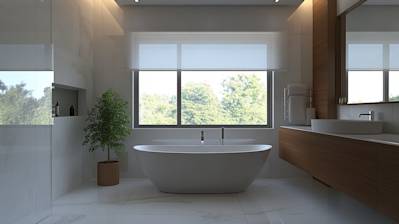Do you often face low water pressure? Or do you experience a rusty or metallic taste from your tap water? If you said yes, it might be time to consider home repiping. In this blog, we will delve into what home repiping entails, the signs you might need repiping, and the different types of pipes you can consider. Strap in for an insightful journey through the world of home repiping.
Understanding Home Repiping
Repiping involves the full replacement of old, worn-out pipes in your home and installing new ones across your plumbing system. This process is intricate and requires professional plumbing skills to ensure everything falls into place accurately and the new pipes last for years. To appreciate the need for home repiping, it's vital to familiarize yourself with the common signs that your home requires repiping.
Signs You Need Home Repiping
Frequent Leaks: If you're constantly fixing leaks in your home's plumbing system, this is a clear indication that your pipes are wearing out. Persistent leaks can lead to significant water damage.
Discolored Water: Rusty or brownish water is often a sign of corrosion inside your pipes. This not only affects the taste and smell of your water but hints that your pipes need replacement.
Changes in Water Pressure: Fluctuations or a significant drop in water pressure can be due to clogs or deteriorating pipelines. Repiping can rectify this problem.
Old and Outdated Pipes: If your home is over 50 years old and has never been repiped, it might be time to consider repiping because the pipes are probably corroded, leading to deteriorated performance.
Once you're aware of these signs, it's essential to move to the next step quickly–choosing the type of pipes.
Different Types of Pipes for Repiping
There are various types of pipes available for repiping, each with its unique advantages and considerations. Here are the commonly used piping materials:
Copper Pipes: This traditional plumbing material is well-known for its durability, longevity, and corrosion resistance.
PVC Pipes: This type of pipe is chiefly used for delivering cold water. It's lightweight, inexpensive, and resistant to both rust and corrosion.
CPVC Pipes: An upgrade to PVC, CPVC pipes can carry both hot and cold water. They are also easy to install and quite affordable.
PEX Pipes: This is a modern upgrade to repiping. PEX pipes are leak-proof, versatile for both hot and cold water, and easy to install.
When selecting the type of pipe for your home, it's recommended to consult with a plumbing professional who can advise you based on the unique needs of your home and climate.
The Home Repiping Process
Invoicing a significant undertaking, the home repiping process is usually quite meticulous. Typically, it follows these fundamental steps:
Examining the Existing Plumbing System: A professional plumber will first inspect your existing plumbing system to determine the scope of the repiping work.
Creating a Repiping Plan: This involves identifying the type of pipes that need to be installed and drawing out a plan showing where these pipes will go.
Removing Old Pipes and Installing New Ones: Old pipes are carefully removed, and new ones are installed according to the drawn plan.
Reconnection and Testing: Once new pipes are installed, reconnection to the water main and testing follows to ensure everything is working correctly.
Although complex, repiping is a worthwhile investment that pays off by giving you a more efficient plumbing system and improved water quality.
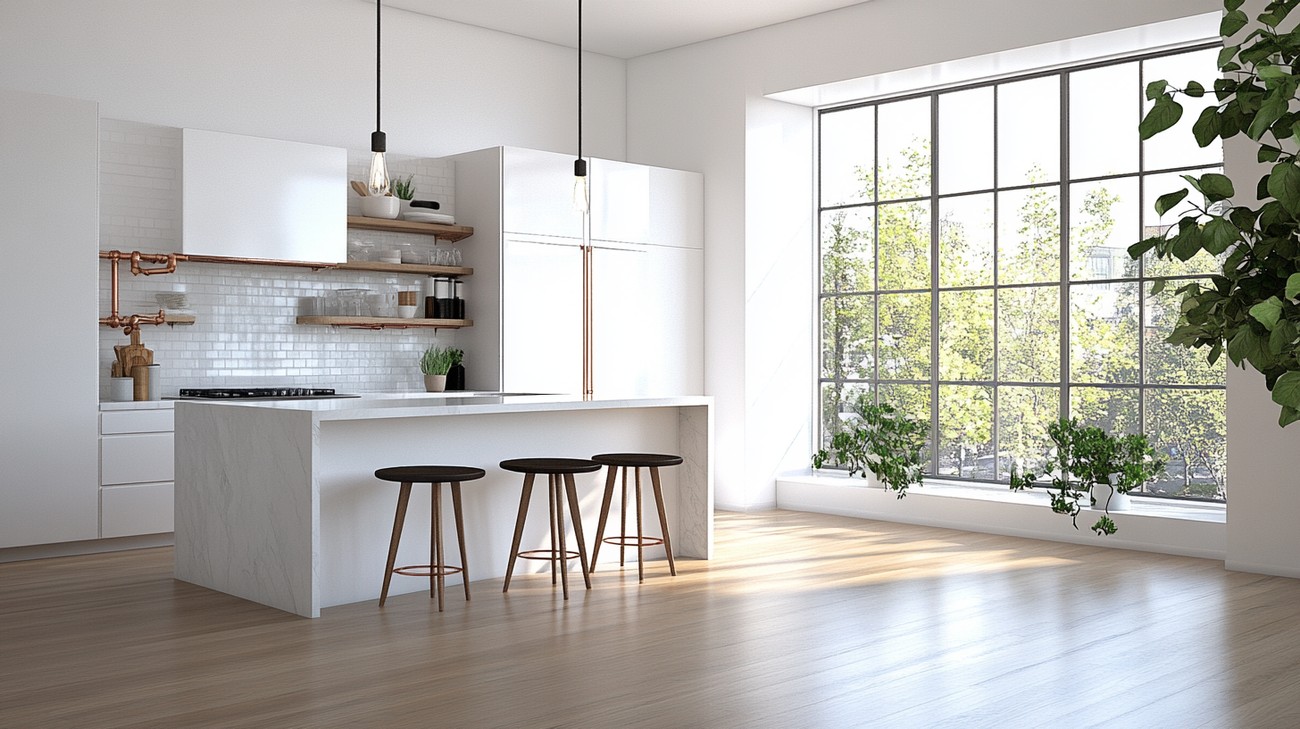
Frequently Asked Questions about Home Repiping
What Kinds of Pipes are Used in Home Repiping?
Different types of pipes can be used for home repiping, depending on your home’s age, type, and local building codes. These include PVC, CPVC, PEX, copper, brass, and galvanized steel. Your plumber can recommend the best choice for your specific situation.
How Long Does a Home Repiping Project Usually Take?
The duration of a home repiping project varies, depending on your home’s size, the total length of pipes to be replaced, and the complexity of installation. Typically, it can take anywhere between a few days to a couple of weeks.
How Often Should Home Repiping be Done?
There’s no hard and fast rule as to when you should get your home repiped. It generally depends upon the state of your current plumbing system. However, if your home is over 50 years old, or if you're experiencing regular plumbing issues like leaks, low water pressure, or rusty water, it might be time to consider repiping.
How do I know if My Home Needs Repiping?
If you're frequently encountering plumbing problems like low water pressure, rusty water, leaky pipes, and unusually high water bills, it could be a sign that your home needs repiping. Also, the use of outdated or corroded pipes can indicate that your home needs a repiping.
Can a Home be Occupied During Repiping?
Yes, a home can typically be occupied during the repiping process. However, you may be without water for short periods during work hours. The repiping team often tries to minimize disruption by restoring water usage at the end of each working day.
How Much Does Home Repiping Cost?
The cost of home repiping can vary based on several factors - the size of your home, the number of bathrooms, the type of pipes used, and your geographic location. On average, you can expect to spend anywhere from a few thousand to several thousand dollars.
Is Home Repiping Covered by Home Insurance?
It's best to check specific insurance policies as coverage can vary. Generally, many insurance policies do not cover the costs of home repiping, viewing it as a maintenance issue. However, they may cover damage caused by faulty pipes.
Is Repiping a Do-it-Yourself (DIY) Project?
Home repiping is generally not a DIY project. It involves extensive work that requires a professional understanding of a home's plumbing system, local codes, and safety measures. Therefore, it's best to hire a professional plumber or a repiping specialist.
Can Home Repiping Increase Home Value?
Yes, home repiping can potentially raise the value of your home. A new plumbing system is a major selling point, especially for older homes. Buyers are likely to pay more for a home with new, reliable plumbing, saving them the cost and hassle of future repiping.

Pros of Home Repiping
Improved Water Quality
Safer Drinking Water
Home repiping rids your water system of old, rusty pipes which can cause water discoloration and contamination. Replacing these outdated pipes with new ones ensures your water is safe for consumption.
Reduced Plumbing Noises
Old pipes often make unsettling noises due to water pressure issues. Upgrading to new pipe models can significantly reduce these noises, leading to a more peaceful home.
Increased Water Pressure
Healthy Supply of Water
Old pipes tend to succumb to corrosion and clogs over the years, causing your water pressure to decline. Repiping your home can restore your water pressure, providing a consistent, healthy flow of water all the time.
Efficient Household Operations
Strong water pressure aids in the quick and efficient functioning of household appliances such as dishwashers and washing machines.
Enhanced Property Value
Increased Resale Value
If you decide to sell your home in the future, repiping can significantly enhance your property’s value. Newer pipes are a strong selling point to home buyers and real estate agents alike.
Avoidance of Property Damages
Old pipes risk leaks and water damage, which can substantially harm your property’s structure and value. Repiping your home eliminates these risks and helps protect your investment.
Energy Efficiency
Saves on Energy Bills
New pipes are typically more efficient and can save you money on your energy bills in the long run. Older pipes can cause your water heater to work harder, thereby consuming more energy.
Cons of Home Repiping
Financial Implications
High-Upfront Costs
While initial costs can be high, keep in mind repiping is an investment in the long-term comfort and safety of your home. Future savings in repairs and energy bills can help offset the initial expense.
Unpredictable Additional Costs
While planning a repiping project, you may encounter unforeseen issues like mold, asbestos or foundational problems that could drive up the costs.
Temporary Inconvenience
Displacement
Depending on the scale of the project, you might need to temporarily move out of your home until the repiping process is complete.
Construction Mess
During the repiping process, your home will be subject to drilling and construction work, which could generate dust and noise.
Time Consuming
Process Duration
Even with experienced professionals, repiping a home is a time-consuming process. This duration may stretch if unexpected complications arise.
Restoration Time
Post-repiping, your home may require restoration work, including drywall and paint jobs, which adds more time before you can return to normal living conditions.
Choice of Material
Pipe Material Options
Choosing the right pipe material is crucial. Some materials, like PEX piping, have a shorter lifespan than others, like copper piping, which may require another repiping task in the future.
Potential for Damages
Improper material selection can also cause damages. For instance, using copper pipes in areas with acidic water can lead to corrosion, leading to more costly future repairs.

Myths / Misconceptions about Home Repiping
Home repiping can be a big and often necessary investment for homeowners. Unfortunately, there are many myths and misconceptions surrounding this home improvement process, causing some people to avoid it or make less informed decisions. Let's debunk some of these myths.
Myth 1: Repiping Is Only Needed for Older Homes
Reality:
One common myth is that only older homes need repiping. The truth, however, is that even newer homes can require this service due to various factors. For instance, poor quality materials, improper installation, or harsh water conditions can lead to deterioration and damage, necessitating repiping sooner than expected.
Myth 2: Repiping and Pipe Replacement Are the Same
Reality:
Repiping and pipe replacement are terms often used interchangeably, but they have different meanings. Repiping involves replacing all the water supply pipes in your home—a comprehensive solution especially for homes experiencing frequent plumbing issues. On the other hand, pipe replacement typically refers to changing a particular section or sections of your plumbing system that are damaged or worn out.
Myth 3: The Pipes Will Last Forever After Repiping
Reality:
Believing that pipes will last forever after being repiped is a misconception. No matter how high-quality the material used is, pipes deteriorate over time due to mineral buildup, water pressure, and environmental factors. Proper maintenance and regular inspections can prolong their lifespan, but the need for eventual replacement remains.
Myth 4: All Pipe Materials Are the Same
Reality:
There’s a common misconception that all pipe materials are the same. Nevertheless, materials vary substantially in durability, cost, and adaptability. PVC, PEX, copper, and stainless steel are well-known for their specific advantages and disadvantages. When considering repiping, it's advisable to thoroughly examine which material best suits your home’s needs and your budget.
Myth 5: DIY Repiping Saves Money
Reality:
Many homeowners are tempted by the idea that DIY repiping saves money. However, repiping is a complicated process that requires skill and specialized knowledge. A mishandled job can lead to more serious and consequently more expensive plumbing issues. Hiring a certified professional can ensure the job is done correctly, saving you from potential disasters and unexpected expenses down the line.
Myth 6: Minor Leaks Don't Necessitate Repiping
Reality:
The belief that minor leaks can be overlooked and don't necessitate repiping can lead to more extensive damage. Small leaks may indicate larger systemic problems within your plumbing network. If left untreated, they can escalate into significant issues that inflict damage on your property and necessitate a more costly solution.
Myth 7: Repiping is Disruptive and Takes a Long Time
Reality:
Many believe the process of repiping is disruptive and time-consuming. Nevertheless, with a competent team handling the job, most houses can be fully repiped within a few days with minimal disruption. While there might be short periods without water access, most homeowners can continue their daily routines largely unhindered.
Myth 8: You Don’t Need a Permit for Repiping
Reality:
Another misconception is that you don’t need a permit to undertake a repiping project. However, in most local jurisdictions, significant plumbing changes such as a home repiping require permits. Operating without one can result in fines and difficulties in selling your house in the future.
By dispelling these myths and misconceptions surrounding home repiping, homeowners can better understand the process, make informed decisions, and maintain their home's value.
Summary
Home repiping is a substantial investment, but one that can offer a raft of benefits for homeowners. By upgrading your old, damaged or compromised pipes, you are investing in the integrity and longevity of your home's plumbing system. Whether you're dealing with frequent leaks, poor water pressure or concerns about lead or galvanized pipes, home repiping can resolve these issues, leading to peace of mind and even increased property value.
Choosing the right professional for your home repiping is as important as deciding to repipe itself. It's a complex endeavor that demands skilled and experienced professionals to ensure it's done right the first time around. By selecting qualified plumbers, you can expect minimal disruption, a faster project timeline, and quality work that stands the test of time. Excellent communication, transparent pricing, and stellar customer service should also be high on your list of priorities when selecting a repiping professional.
Lastly, consider home repiping as an upgrade that keeps on giving. It doesn't just reduce the risk and expense of recurrent plumbing issues - it also improves your everyday living experience. With well-functioning pipes, you get consistent water pressure, better tasting water, and efficient heating, contributing to overall home comfort. Plus, when the time comes to sell, a repiped home can prove a strong selling point to prospective buyers. So, while the up-front cost might seem a bit daunting, the long-term benefits of repiping can make it a savvy investment on multiple fronts.
About KYPD Plumbing
KYPD Plumbing is a well-established, locally owned plumbing company based in Lexington, KY. With a wealth of experience under our belt, we pride ourselves on providing top-notch plumbing services to residents and businesses in the area. Our team of highly skilled plumbers promises to deliver unmatched maintenance, repair, and installation services. At KYPD Plumbing, we prioritize customer satisfaction and ensure that all your plumbing needs are met with utmost precision and professionalism. You can be at ease knowing we closely adhere to all safety and regulatory measures within the industry. So, for reliability, excellence and a friendly service, you needn't look any further than KYPD Plumbing.
Tags: plumbing, home improvement, pipework,
